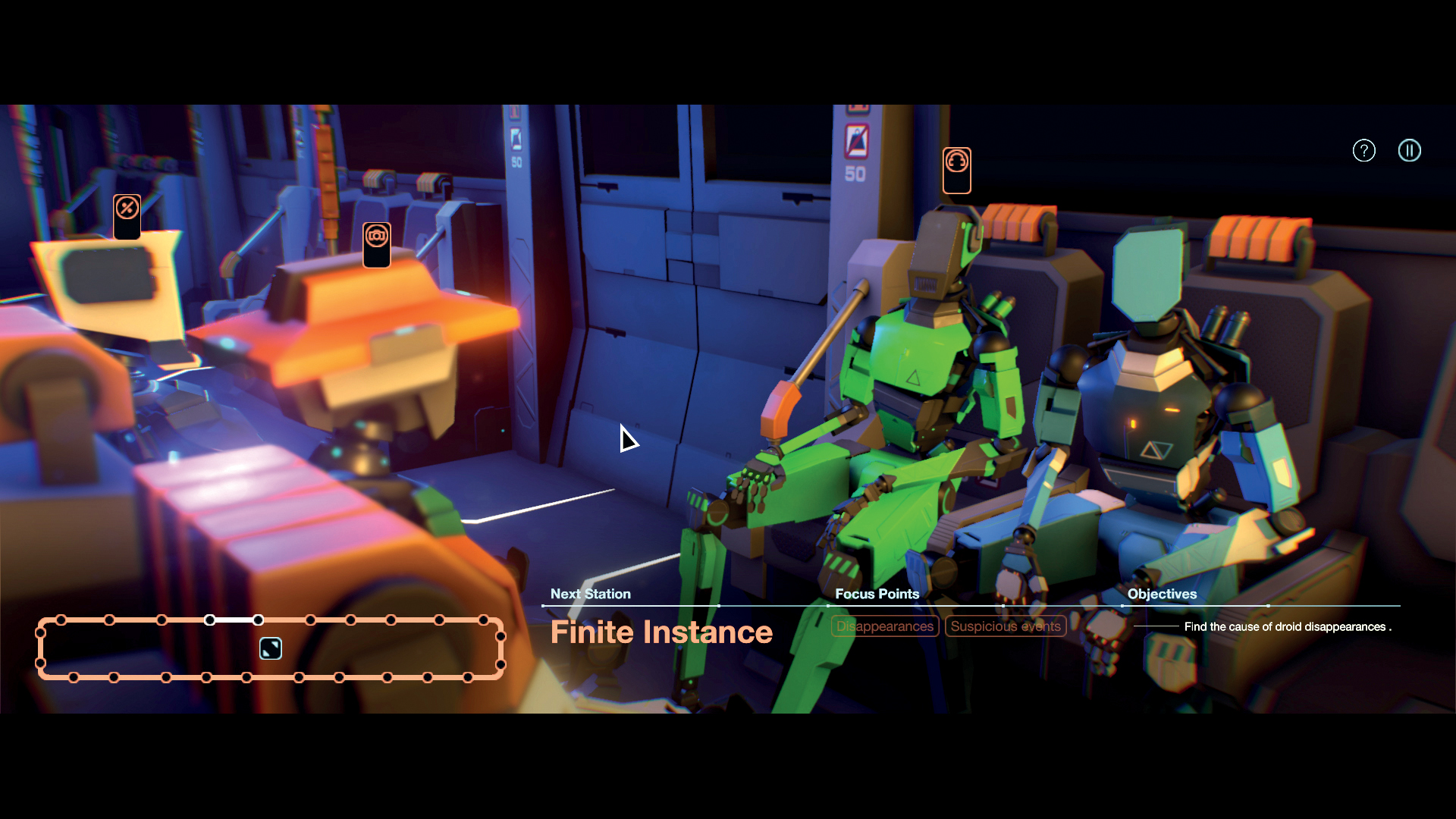What links Thomas Was Alone to an ancient solo card game?
Mike Bithell on tutorials, cards, and not comparing your game to Mass Effect.

This article was first published in issue 351 of the PC Gamer UK magazine. If you fancy ogling our glossy covers, get yourself a subscription.
There’s a PC game with 35 million players a month that’s never talked about. It might have been your first ever single-player experience, or the game you’ve played more than any other—but its ubiquity is such that it’s simply become part of the desktop wallpaper. Its name is Microsoft Solitaire.
"It becomes background noise, and was designed to do so," says Mike Bithell. "The main purpose of putting it into Windows was as a tutorial for mice. It’s every core mouse gesture—clicking, double-clicking, dragging and dropping."
At the beginning of October, Bithell Games released The Solitaire Conspiracy. Unaffiliated with Microsoft’s version—you don’t have to license solitaire, since it predates copyright—it builds on the classic card game with characters, special powers, FMV cutscenes, and a daft espionage story about a Cyber Augmented Recon and Defence System. That’s right: C.A.R.D.S.
It’s not the first time a Bithell game has spun out from a tutorial. 2015’s Volume was inspired by the first Metal Gear Solid, but not its story campaign—rather the adjacent 'VR missions' that taught you the mechanics of stealth in abstract, blocky environments. "Even though the newer Metal Gear Solids are objectively better games, there was a charm to the very binary states," Bithell says. "You’re either seen or you’re not seen, and I always really liked that."
Shifting gears
Bithell’s indie career began with a moment of sudden understanding—an existential tutorial, if you like. Back in the late 2000s, strange as it may seem now, making an indie game wasn’t an obvious option to game developers.
"I’d come up in an era where there were developers and publishers and a process," Bithell says. "If you were a British game developer, you were going to work at Lionhead or Rockstar North and be part of a big team."
Keep up to date with the most important stories and the best deals, as picked by the PC Gamer team.
Bithell himself was working on family platformers for Blitz, the now-defunct studio owned by ’80s industry elders the Oliver Twins. But during one lunch break he downloaded World of Goo, and discovered it was made by just two people. "It was an epiphany for me," he says.
Bithell built a platformer over a weekend and released it on Kongregate. The platform featured games of varying quality—but that helped Bithell get started. "Like ’zine culture, the messiness is what makes it accessible," he says. "It wasn’t premeditated as a commercial project. I think if I’d done that it would probably have been too much pressure and would have fizzled out."

The prototype found an audience, and over the following four years Bithell turned it into Thomas Was Alone—a full game elevated by emotive, optimistic writing. In the years since, across several genres, that writing has been the glue that connects his disparate, multi-person projects, the thing that makes a game a Bithell Game.
"I read a lot of history," he says. "Human nature over the ages is something I’m very interested in, and also the biases in how we write history."
Recently, Bithell made writing a mechanical component of his games with Subsurface Circular—a branching RPG quest set in a subway carriage. "We were known for story," Bithell says, "But there was never any kind of emergence and I never liked that. We’re in videogames, we should be doing some kind of interaction in our storytelling."
While Subsurface Circular was influenced by big RPGs, Bithell didn’t dare mention them during promotion, for fear of creating expectations of wide-open worlds and multiple planets. It transpires there are some inspirations it’s simply not wise to admit to—and comparing your game to Mass Effect is just asking for trouble. Then again, Mass Effect never had 35 million players. It’s the silent army of solitaire fans Bithell has to impress now, and that may be his biggest challenge yet.
Jeremy Peel is an award-nominated freelance journalist who has been writing and editing for PC Gamer over the past several years. His greatest success during that period was a pandemic article called "Every type of Fall Guy, classified", which kept the lights on at PCG for at least a week. He’s rested on his laurels ever since, indulging his love for ultra-deep, story-driven simulations by submitting monthly interviews with the designers behind Fallout, Dishonored and Deus Ex. He's also written columns on the likes of Jalopy, the ramshackle car game. You can find him on Patreon as The Peel Perspective.

